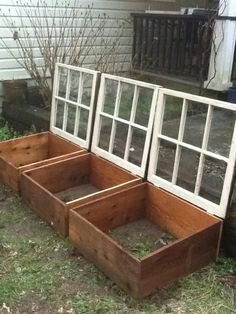blissful
Master Chef
- Joined
- Mar 25, 2008
- Messages
- 6,360
Im Jealous.
Ive been eyeing a local bee keepers class for the last few years to take with my son.
This year was the year we were going to do it, and this year it was cancelled .
I did attend a lecture on bees at the philadelphia flower show a few weeks ago. Great lecture. Definitely made me even more interested. Hopefully they will bring back the class next year. ( Its a year long hands on program).
Me too. I worked with a bee keeper years ago, what fun and what a great thing to do for those plants that need the pollination! Honey, oh my, we can never get enough.
We use big 4-5 foot heavy gage tomato cages for tomatoes, beans, egg plant, cucumbers (train up very well) and in the winter we use them around our younger fruit trees. The are at least 20 years old and we push them into the ground about a foot. It's a good investment over the years.
To prevent damage on the tomatoes from fungal disease, it's important to take off the lower leaves because a fungal infection will travel from the splash of rain drops (or watering) that goes from the soil, splashing onto the lower leaves and it travels up the tomato plant. It may not stop it completely but it improves the life of the plant enough to get more tomatoes over the entire season.

 :
: